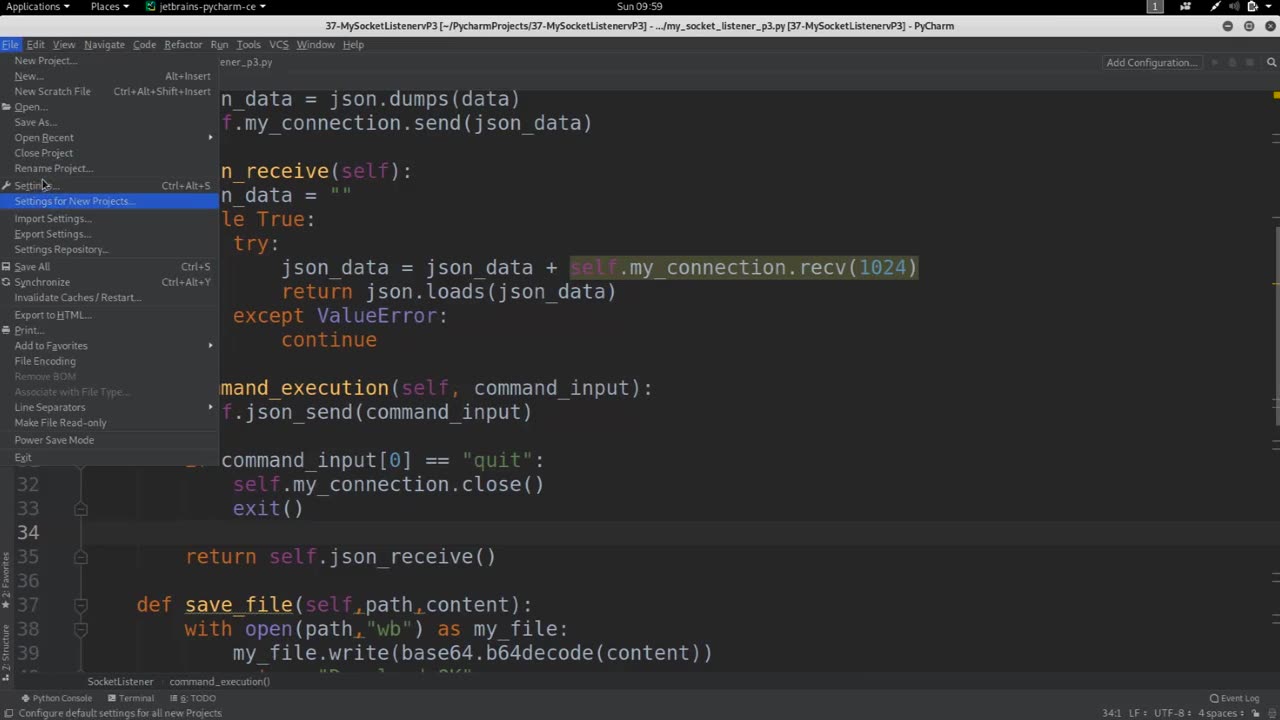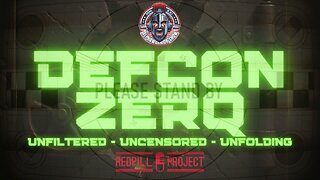Premium Only Content

Chapter-38, LEC-18 | Python3 Compatability | #compatiblity #rumble #education #ethicalhacking
#ethicalhacking #hacking #rumble #virel #trending #education
Subscribe to our channel YouTube channel.❤️
/@thecybersecurityclassroom
Followe me on Rumble.💕
/@the1cybersequrityclassroom
"Python3 Compatibility" refers to the ability of Python code to run and function correctly on Python 3, the latest major version of the Python programming language. Python 3 was released in 2008 and introduced several significant changes and improvements over Python 2, including changes to the syntax, string handling, print statement, division behavior, and more. Due to these changes, Python 2 code may not be compatible with Python 3 without modifications.
Ensuring Python3 compatibility is important for several reasons:
Future-proofing: Python 2 has reached its end of life and is no longer maintained, meaning that no new updates or bug fixes will be released. Python 3 is the actively maintained and developed version of Python, and new features, bug fixes, and security patches are regularly released for it. By ensuring Python 3 compatibility, developers can future-proof their code and ensure it remains compatible with the latest version of Python.
Improved performance and features: Python 3 includes many performance improvements and new features that are not available in Python 2. By migrating to Python 3 and ensuring compatibility, developers can take advantage of these enhancements to improve the performance and functionality of their code.
Wider user base: Many third-party libraries and tools have already transitioned to Python 3, and new libraries and tools are being developed exclusively for Python 3. By making code compatible with Python 3, developers can tap into a wider user base and leverage the latest advancements in the Python ecosystem.
Industry standards: Many industries and organizations have adopted Python 3 as the standard version for their projects and applications. Ensuring Python 3 compatibility is essential for meeting industry standards and compliance requirements.
To ensure Python 3 compatibility, developers may need to make changes to their code, such as updating print statements, handling of strings and bytes, handling of division, and using the latest Python 3 syntax and features. Additionally, third-party libraries and dependencies used in the code may also need to be updated to Python 3-compatible versions.
Testing is a crucial step in ensuring Python 3 compatibility. Thorough testing of the code on Python 3 environments can help identify and fix any issues or incompatibilities that may arise. Tools such as "2to3" and "six" can also be used to automatically convert Python 2 code to Python 3-compatible code.
In summary, Python 3 compatibility is important for future-proofing code, leveraging new features and performance improvements, expanding the user base, and meeting industry standards. It requires careful consideration of syntax changes, handling of strings and bytes, division behavior, and thorough testing to ensure smooth transition and continued compatibility with the latest version of Python.
#hacking #growthhacking #biohacking #ethicalhacking #lifehacking #whacking #hackingout #happyhacking #brainhacking #travelhacking #househacking #brainhackingum #hackingtools
#bushwhacking #hacking_or_secutiy #porthacking#porthacking #belajarhacking #hackinginstagram #growthacking #biohackingsecrets #realityhacking #neurohacking #hackingnews #funnelhacking #mindhacking #funnelhackinglive #hackinglife #termuxhacking #learnhacking #bodyhacking #patternhacking #biohackingsuccess #ikeahacking #hackingorsecurity #russianhacking #traumahacking #shackingup #hackinghealth #growthhackingtips #wifihacking
-
 LIVE
LIVE
Lofi Girl
2 years agoSynthwave Radio 🌌 - beats to chill/game to
380 watching -
 2:19:32
2:19:32
Badlands Media
1 day agoDEFCON ZERO Ep. 005: False Flags, Cyber Fronts & Global Power Plays
134K52 -
 2:35:23
2:35:23
FreshandFit
6 hours agoWhy Black Men Don't Date Black Women Debate
26.5K28 -
 2:03:42
2:03:42
Inverted World Live
10 hours agoBigfoot Corpse Coming to the NY State Fair | Ep. 94
100K24 -
 6:16:23
6:16:23
SpartakusLIVE
11 hours ago$1,000 Pistol Challenge || #1 ENTERTAINER of The EONS Eradicates BOREDOM
75.6K2 -
 2:33:37
2:33:37
TimcastIRL
8 hours agoTrump Orders Review of Smithsonian For Being Woke & Out of Control | Timcast IRL
177K66 -
 3:09:10
3:09:10
Barry Cunningham
11 hours agoPRESIDENT TRUMP HAS TAKEN THE MONSTER AWAY FROM THE LEFT! HORROR STORIES WON'T WORK ANYMORE!
78.9K80 -
 1:29:55
1:29:55
WickedVirtue
6 hours agoLate Night Fortnite w/ Friends
48.8K -
 3:34:06
3:34:06
This is the Ray Gaming
6 hours ago $0.79 earnedCould you be? Would you be? Won't you be my RAYBOR? | Rumble Premium Creator
29.4K -
 1:46:52
1:46:52
JahBlessGames
7 hours ago🎉Come een' and come tru' - VIBES | MUSIC | GAMES
50.9K2